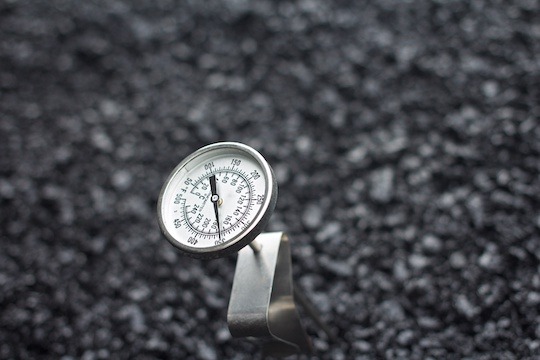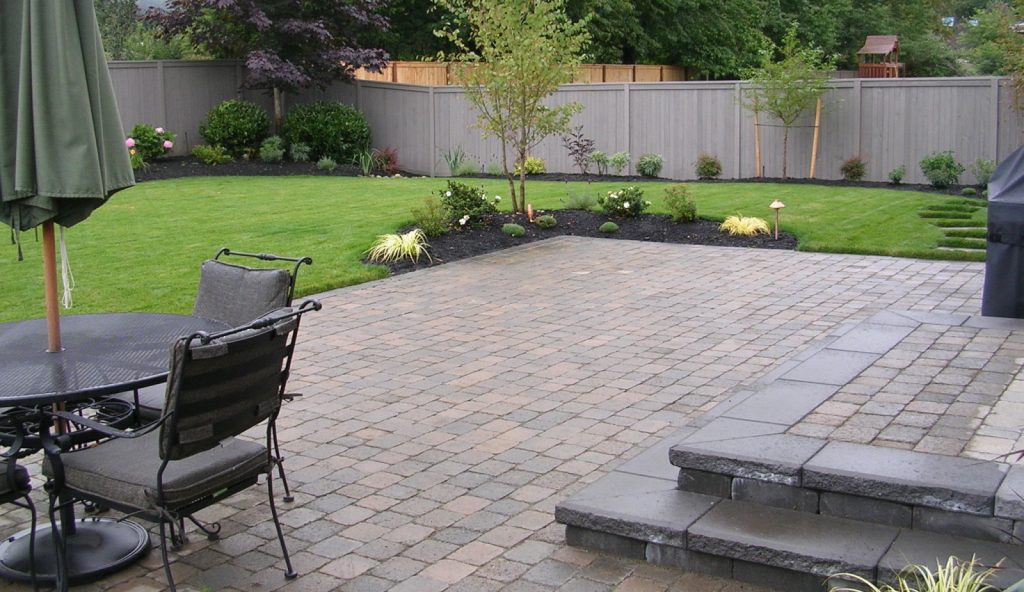Cities overheat in summer months because the hard surfaces, paved areas in particular, capture and hold solar heat. The CRP is finding fixes.
It’s no secret that cities across the world are getting bigger – and hotter. With the effects of climate change, which very often means extended periods of heat that push beyond averages and record temperatures, the net effects include heat stroke victims, ill health for vegetation and wildlife, and stressed infrastructure – including, in extreme cases, exploding pavements when steam builds up under asphalt pavement. This may be good for asphalt contractors and the local asphalt repair company, but certainly not good for anyone else.
The “positive feedback loop” of climate change includes greater use of building air conditioning systems, which vent indoor heat to the surrounding outdoors. Increased use of AC systems also consumes additional energy, which emits additional greenhouse gases, further adding fuel to the fire.
A major effort combatting this is the Global Cool Cities Alliance, a partnership of scientists, engineers, academics, and municipal leaders who look for innovation and best practices to mitigate the effects of climate change. A major initiative to emerge from this consortium, which involves the world’s megacities (identified as the C40 Cities Climate Leadership Group), is the Cool Roadways Partnership (CRP).
This partnership addresses the huge role that pavement on streets, roads, highways, and parking lots play in the “urban heat island” effect. Traditional pavement is dark colored and as such absorbs and retains solar heat. At night, that heat continues to cause cities to stay warm, which is quite the opposite of nighttime cooling that happens in natural environments such as grasslands, forests, and deserts.
But with strategies and tactics identified by the Cool Roadways Partnership, the heat islands from asphalt and concrete might be reduced. The 25 members of the CRP – cities that include Albuquerque, Cincinnati, El Paso, Honolulu, Los Angeles, Louisville, Phoenix, Philadelphia, Salt Lake City, Tempe and Tucson – have 70,000 lane-miles to add, maintain, or replace over the next 10 years. With budgets that total $4.75 billion for those projects, they will collaborate with each other as well as the private sector to deploy at scale cool roadway technologies and tactics.
Most of the research is focused on solar reflectance, also known as the albedo effect. With greater reflectance, the pavement absorbs less heat all day – which consequently reduces heat given off in the night. White or light-colored pavements are more reflective than darker pavements; important to note, as pavement ages this factor can change (e.g., dark asphalt lightens over time, while concrete actually darkens a bit).
A related but different factor is thermal emittance, which is how readily a surface sheds heat. Surfaces with high emittance characteristics essentially never get as hot as traditional asphalt surfaces.
A third area of research is pavement permeability, which is about the porosity of pavement and its ability to allow water to flow through it into the aquifer instead of storm drains. While originally developed as a flood mitigating strategy, permeable pavements also allow moisture to evaporate out through the porosity as it heats, dissipating heat in a manner that is quite similar to the evapotranspiration mechanisms in vegetation.
The Cool Roadways Partnership continues to share best practices and research findings in ways that enable additional testing in different climates beyond the 25 CRP cities. Ultimately, their findings can be used the world over to reduce heat from roadways, which constitute about one-third of urban environments – heady stuff where it comes to impacts on cities and the increasing percentage of the world living in them.


